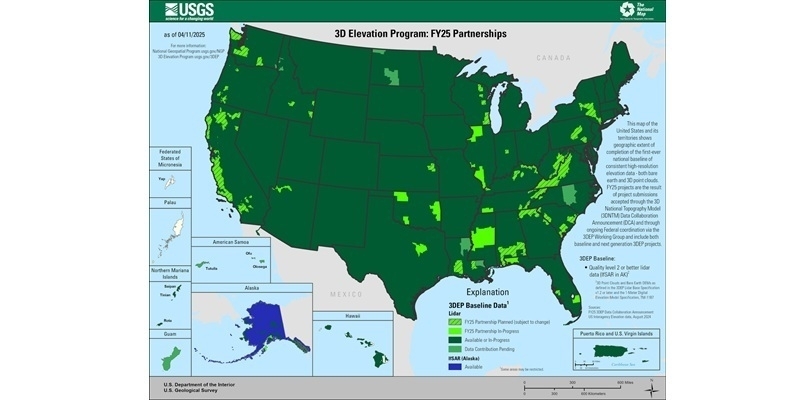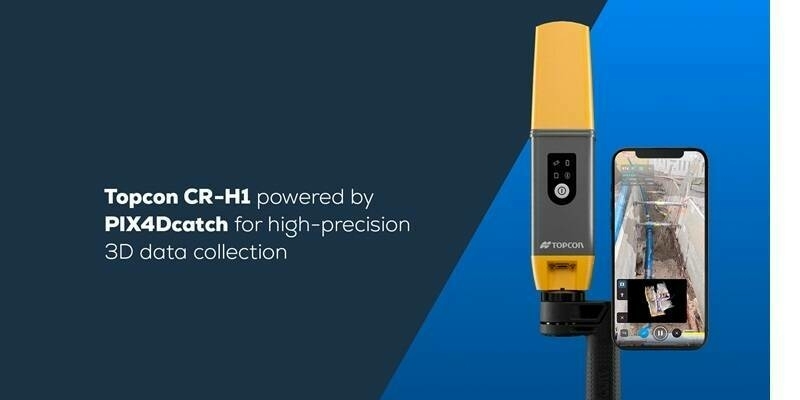Director-General Alain Ratier today told the joint EUMETSAT/American Meteorological Society/NOAA conference in Boston: “Only international cooperation and data exchange under the aegis of the WMO can bring forecasting of high-impact weather to a new era everywhere in the world and fulfil increasing expectations of citizens and economies in our changing climate.”
EUMETSAT is actively involved in multilateral cooperation within the Coordination Group for Meteorological Satellites, shares a Joint Polar System with NOAA, and cooperates with all other operators of meteorological satellites.
In order to advance numerical modelling and observations from space at a consistent pace in Europe, EUMETSAT partners with the European Centre for Medium-Range Weather Forecasts (ECMWF), the EUMETNET grouping of European National Meteorological Services and is a key player in the EU’s Copernicus programme.
Ratier said: “We will launch one next-generation satellite per year in the period 2021-2025 to deploy in full our multi-satellite Meteosat Third Generation (MTG) and EPS - Second Generation (EPS-SG) systems. This, together with our sustained contribution to the EU Copernicus programme, will be our contribution to the opening of a new era in monitoring weather, the environment and our changing climate”
The very innovative MTG and EPS-SG satellite systems will be a massive improvement over the capacity and performances of the current state-of-the-art EUMETSAT satellite systems.
“The MTG and Metop-SG satellites developed in partnership with ESA, CNES and DLR will fly instruments of unprecedented performance or that have not been flown before on operational satellites,” Ratier said. “This is, in particular, the case of the hyperspectral infrared sounders of the MTG-S and Metop-SGA satellites.”
Subscribe to our newsletter
Stay updated on the latest technology, innovation product arrivals and exciting offers to your inbox.
Newsletter

